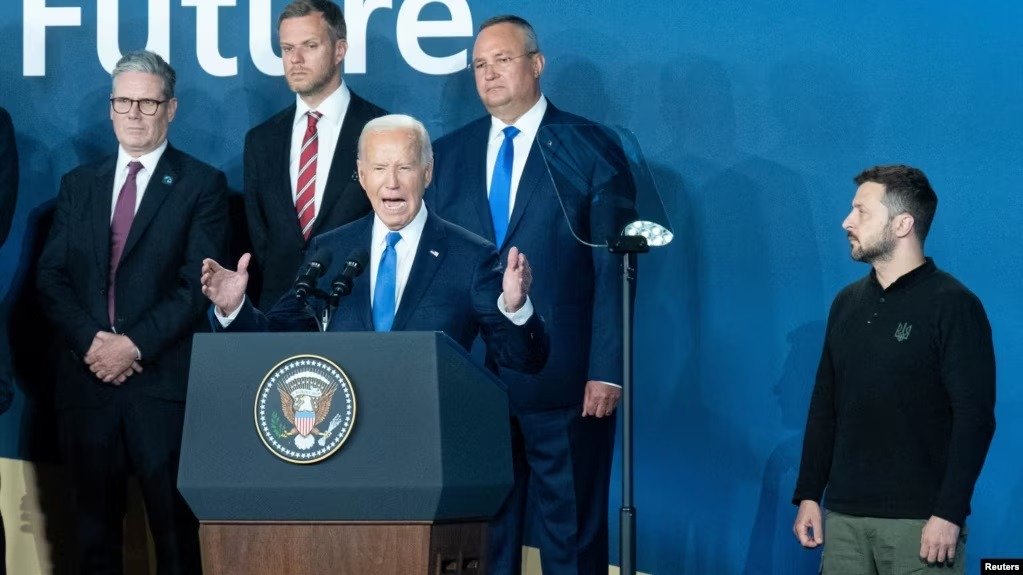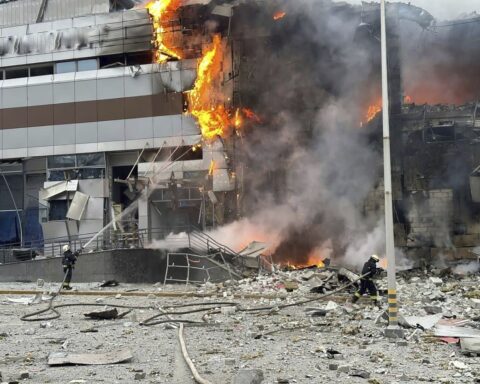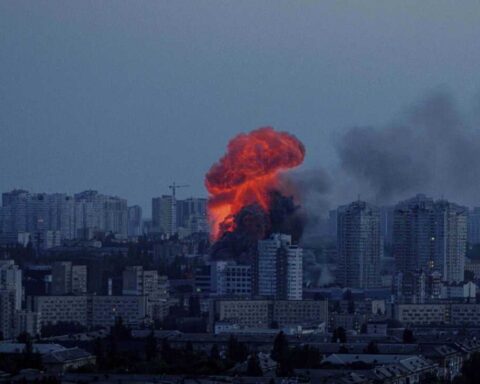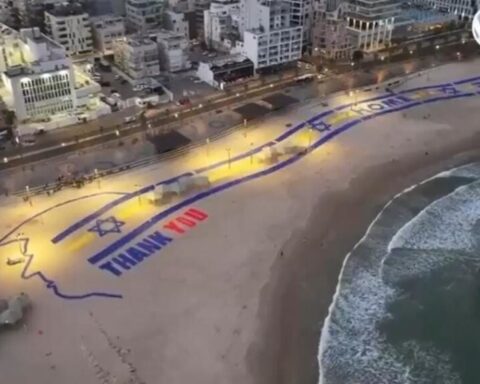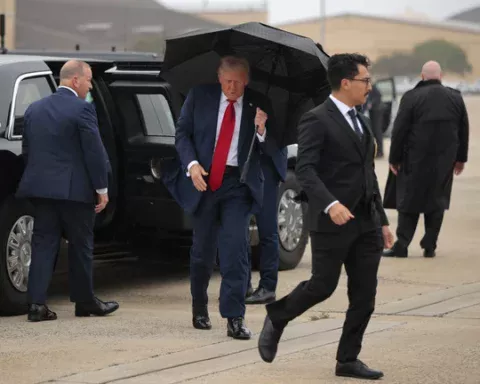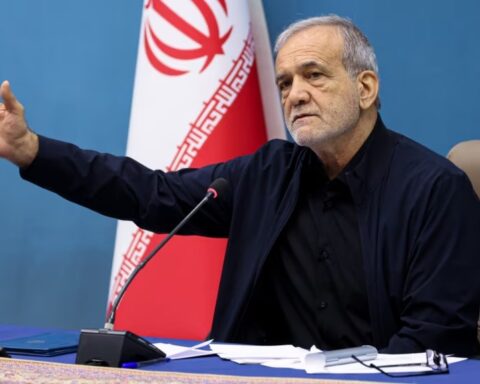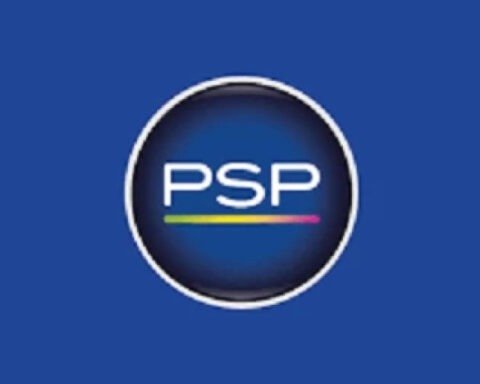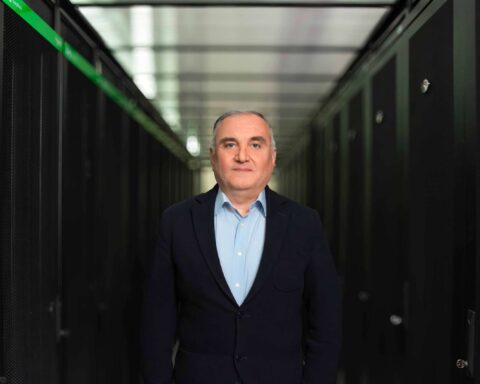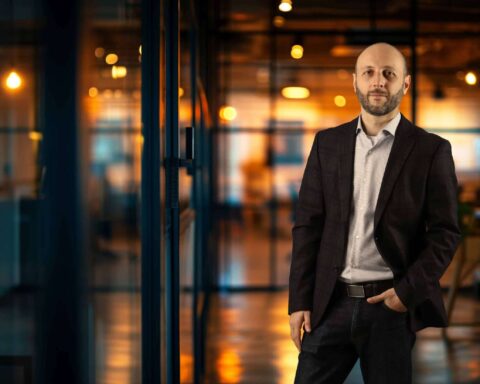Ukraine may have inched closer to NATO at the military alliance’s summit in Washington this week, but it’s hard to escape the feeling that despite all the headline-grabbing pledges and promises, things aren’t actually as rosy as they are being made out to be, especially from Kyiv’s point of view.
In reality, the military alliance continues to keep Ukraine at arm’s length and consequential U.S. elections are just around the corner.
Ukraine was never going to get an invitation to join NATO at this summit. That won’t happen as long as the war is raging, and afterwards, the 32 allies will need to reach unanimous agreement to send out such an invitation — a consensus that simply doesn’t exist today.
Instead, NATO diplomats were once again busy crafting a summit communiqué that was meant to sound more encouraging for Kyiv than the previous one. And the Washington text is a bit better for Ukraine than the Vilnius one agreed at the previous summit in Lithuania last summer.
Like in 2023, it is stated that Ukraine’s future is in NATO, that NATO foreign ministers will continue to assess reform efforts, and that “we will be in a position to extend an invitation to Ukraine to join the alliance when allies agree, and conditions are met.”
What was new this year were the words “bridge” and “irreversible.” It was noted that “the summit decisions by NATO and the NATO-Ukraine Council, combined with allies’ ongoing work, constitute a bridge to Ukraine’s membership in NATO.”
Both in the run-up and during the meeting, officials were musing what this “bridge,” in fact, entails and metaphorically wondering whether it’s a long or short one and how solid it in fact is.
The more crucial sentence was that “as Ukraine continues this vital work, we will continue to support it on its irreversible path to full Euro-Atlantic integration, including NATO membership.”
The question remains whether this irreversibility is just a word on a paper, as Ukraine’s NATO fate will ultimately be decided as much on the battlefield as at the negotiating table. And with Ukraine still not getting any green light to strike deeper into Russian territory during the Washington meeting, the scope of the West’s support — and Ukraine’s chances of victory in the war — remain limited.
Of concrete deliverables, the American hosts noted with some triumph that F-16 fighter jets from Denmark and the Netherlands are on their way to Ukraine and that they will fly over Ukrainian skies this summer. A boost, sure, but then again, the hope was that they would have arrived already in the spring after Kyiv had pleaded for them for nearly two years. It’s also clear that by 2027, the war-torn country will only get about half of the 128 jets it has requested.
Beyond Ukraine, it was rather remarkable that Georgia, which has been an aspirant for NATO membership since 2008, wasn’t mentioned at all in the final declaration…”
In a similar vein, it was announced that Ukraine would get five new air-defense systems, even though it was already known before that four of those were forthcoming. With searing images being shown of a Russian strike on Kyiv’s main children’s hospital in the lead-up to the summit, the feeling very much was one of too little, too late.
Within the NATO framework, the NATO training mission for Ukrainian troops on allied territory was rubber-stamped, which according to the military organization will increase the country’s interoperability with it even further, even though it was quick to emphasize that creation of the scheme won’t make NATO “a party to the conflict.”
Then there was the pledge to deliver 40 billion euros’ worth of varied military assistance to Ukraine in the next year, based on the 32 NATO members’ share of alliance GDP. It was emphasized that this was a minimum baseline, especially since there had been loftier figures considered beforehand. Considering the rather generous interpretation of what counts as aid, it’s hard to see this target being missed. Countries can, for example, include costs related to maintenance and transport of equipment for Ukraine, training of its soldiers, investment into Ukraine’s defense industry, and cash to NATO’s trust funds for the country, which include nonlethal aid.
Yet, there were no complaints from Kyiv this time around, with the organizers keen to avoid the scenes from Vilnius during which Ukrainian President Volodymyr Zelenskiy openly questioned the level of ambition on display. This time, he didn’t miss an opportunity to express his “gratitude,” completely aware and fully briefed not to ask for too much.
Beyond Ukraine, it was rather remarkable that Georgia, which has been an aspirant for NATO membership since 2008, wasn’t mentioned at all in the final declaration, apart from Russia’s occupation of part of the South Caucasus republic.
With even Moldova, which is constitutionally neutral, getting more of a mention and positive wording than Georgia, it was a stark reflection of Tbilisi’s increasing distance from Western institutions.
As the summit took place in the United States, the wording on China was even sharper than usual. Beijing was mentioned for the first time in a NATO declaration in 2019, and ever since then, Washington has pushed for a hardened stance. This time, the alliance noted that “the PRC (People’s Republic of China) has become a decisive enabler of Russia’s war against Ukraine through its so-called ‘no limits’ partnership and its large-scale support for Russia’s defense industrial base” and added that Beijing “cannot enable the largest war in Europe in recent history without this negatively impacting its interests and reputation.”
Yet, when pressed what consequences China would face if it continues on this way, outgoing NATO Secretary-General Jens Stoltenberg elegantly skirted the question.
This was never going to be a historic summit of great deliverables. It was a celebration of NATO’s 75th anniversary, coming just four months ahead of a crucial American presidential election.
In that sense, President Joe Biden’s much-criticized performance in a recent debate against the Republican candidate and NATO-skeptic Donald Trump overshadowed the entire meeting. While Biden generally performed well in his public duties at the summit, he wasn’t gaffe free. He first introduced Zelenskiy as “President Putin” before correcting himself, and the Ukrainian leader quickly saved the situation by joking that he was much better than Putin. At a drawn-out final press conference, he then mixed up the names of U.S. Vice President Kamala Harris and his main rival Trump. Most questions at that presser were about the election and his presidential suitability.
And it very much appears that it was those questions, and the growing calls from more of his party colleagues to step aside, that will be the enduring legacy of this summit.




